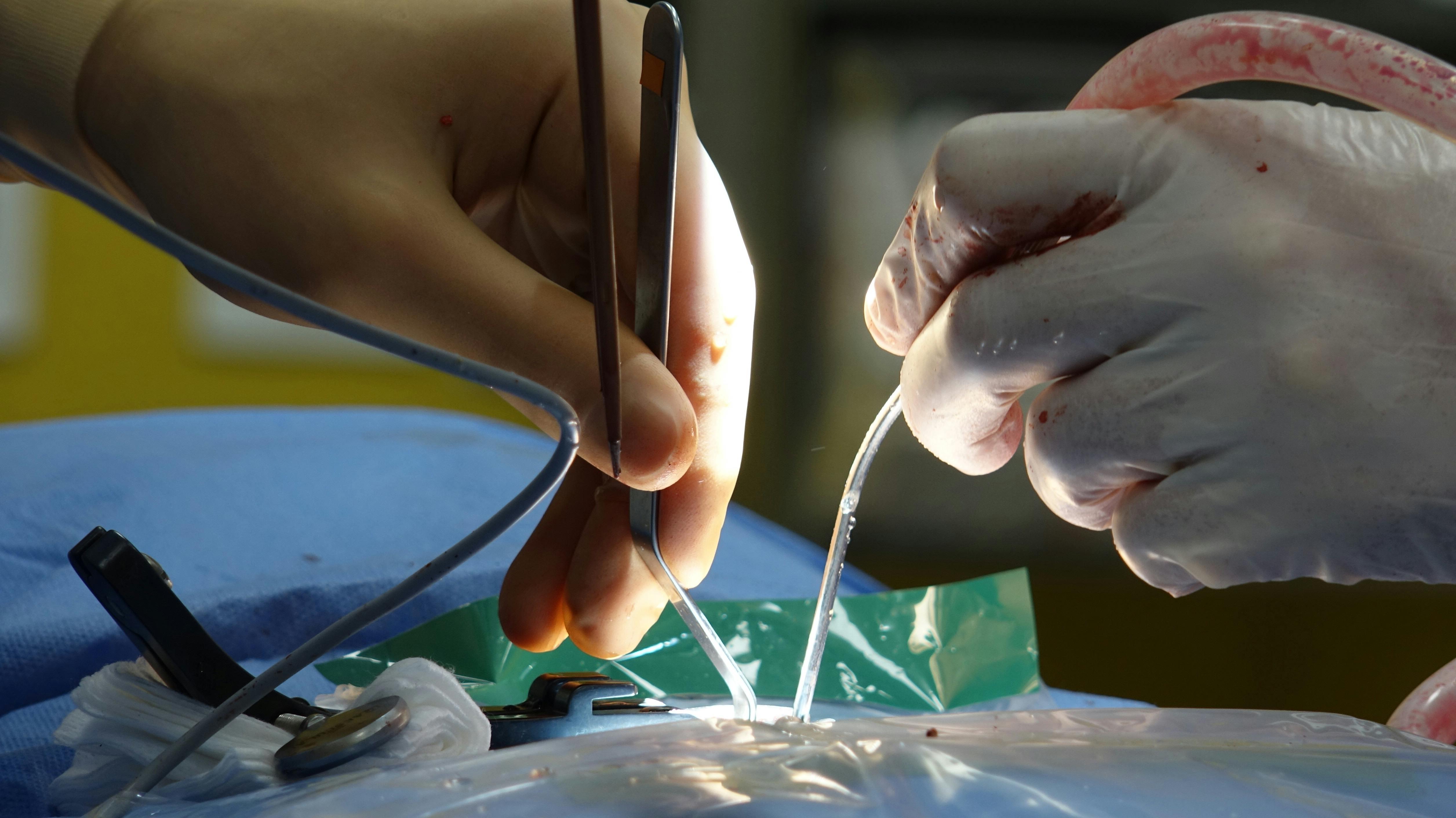Neurosurgery has always demanded exceptional precision, but recent advancements have redefined its boundaries. Among these innovations, neuronavigation stands out as a transformative technology reshaping the surgical landscape. From deep brain tumor resections to delicate spinal interventions, neuronavigation offers a level of intraoperative clarity that was once inconceivable.
At the forefront of this evolution is HRS Navigation, a company specializing in cutting-edge surgical navigation systems. Their innovative solutions, including the easyNav™ platform, are tailored to enhance precision, real-time intraoperative decision-making, and patient safety in cranial, spinal, and ENT procedures.
Understanding Neuronavigation: A Technological Marvel
Neuronavigation is akin to a GPS system for the brain and spine. It provides surgeons with real-time, image-guided feedback that enables them to visualize the patient’s anatomy with exceptional accuracy. Through the fusion of preoperative imaging and intraoperative tracking, it allows precise localization of surgical instruments relative to anatomical structures.
This technology is especially crucial in neurosurgery where the margin for error is minimal. By correlating digital images with physical landmarks, neuronavigation systems assist surgeons in navigating through complex and sensitive areas while minimizing collateral damage.
Core Components of a Neuronavigation System
Imaging Modalities
The foundation of neuronavigation lies in high-resolution imaging. Preoperative scans—such as MRI, CT, or PET—are imported into the navigation system to build a comprehensive anatomical map. Advanced systems allow the merging of multimodal imaging data, offering a layered, three-dimensional view of the operative site.
Tracking Technology
Instrument tracking is vital for the system to provide real-time positional data. Optical tracking, using infrared cameras and reflective markers, is the most common method. Some systems also employ electromagnetic tracking, which can be advantageous in cases with limited line-of-sight. These technologies ensure that the system can follow surgical instruments with sub-millimetric precision.
Software Integration
Neuronavigation platforms utilize robust software to process image data and align it with the patient’s anatomy. The software manages tasks like registration, trajectory planning, and real-time guidance. With intuitive interfaces and customizable workflows, these platforms streamline the surgical process while maintaining high fidelity in data accuracy.
Clinical Applications of Neuronavigation
Cranial Procedures
Neuronavigation plays a crucial role in brain tumor resections, epilepsy surgery, and deep brain stimulation. It allows for safe access to deeply seated lesions, while avoiding critical structures like blood vessels or functional brain regions. Functional MRI and diffusion tensor imaging (DTI) can be integrated to preserve motor and language functions.
Spinal Surgeries
In spinal instrumentation, neuronavigation ensures accurate placement of screws and implants. It minimizes the risk of neural or vascular injury, especially in anatomically distorted spines. It is particularly beneficial in minimally invasive spine surgeries, where visualization is inherently limited.
ENT Applications
In ENT procedures, such as endoscopic sinus surgery or skull base surgeries, neuronavigation assists in identifying anatomical landmarks obscured by disease or previous surgeries. It enhances surgical confidence, especially in revision surgeries, and reduces complications.
Advantages of Neuronavigation in Modern Neurosurgery
The clinical benefits of neuronavigation are profound. Firstly, it enhances surgical accuracy, enabling maximal tumor resection while preserving healthy tissue. Secondly, it reduces intraoperative risks by minimizing guesswork, which is especially important in eloquent areas of the brain.
Other advantages include:
-
Shorter operative times due to efficient planning and navigation
-
Reduced radiation exposure in spinal cases by eliminating repeated fluoroscopy
-
Improved patient outcomes, including lower complication rates and faster recovery
-
Enhanced surgeon confidence, particularly in complex or high-risk cases
Neuronavigation and Surgical Outcomes: Evidence-Based Insights
The impact of neuronavigation on patient outcomes is well-documented. A study published in the Journal of Neurosurgery (2017) demonstrated that neuronavigation significantly improved the extent of tumor resection in glioblastoma patients, correlating directly with longer progression-free survival.
Similarly, research from the National Center for Biotechnology Information (NCBI) highlights that navigated spine surgeries result in more accurate screw placement and fewer revisions, thereby improving both safety and cost-efficiency. You can view the detailed study here.
These findings underscore the growing reliance on neuronavigation as a standard of care rather than a luxury.
HRS Navigation: Pioneering Precision in the Operating Room
HRS Navigation is driving innovation in surgical navigation with their advanced platforms designed for cranial, spinal, and ENT procedures. Their flagship easyNav™ system is engineered to deliver real-time, high-precision guidance, allowing surgeons to operate with heightened confidence and control.
The company focuses on intuitive design, seamless workflow integration, and robust imaging compatibility. By merging cutting-edge hardware with sophisticated software algorithms, HRS Navigation empowers neurosurgical teams to optimize clinical outcomes with reduced complication rates.
Their dedication to precision and safety places them at the forefront of surgical innovation in India and globally.
Future Trends in Neuronavigation Technology
The future of neuronavigation lies in even greater integration with advanced technologies. Artificial intelligence is poised to enhance intraoperative decision-making by predicting optimal surgical paths and outcomes. Augmented reality (AR) and mixed reality (MR) are emerging as tools for immersive visualization, allowing surgeons to interact with digital overlays during surgery.
Additionally, robotic-assisted surgery is increasingly being fused with neuronavigation systems, offering superior dexterity and consistency. These converging technologies promise to elevate surgical precision to previously unattainable heights.
The integration of real-time intraoperative MRI and adaptive navigation tools will further minimize error margins, pushing the envelope of what is surgically possible.
Conclusion: The Precision Frontier of Neurosurgery
Neuronavigation has become an indispensable asset in neurosurgery, enhancing not just surgical accuracy but also elevating the standard of patient care. Its ability to deliver precise, real-time guidance has reshaped how neurosurgeons approach complex procedures, significantly reducing risks and improving long-term outcomes.
As innovators like HRS Navigation continue to refine and expand this technology, the future holds tremendous promise. From brain tumors to spinal deformities and intricate ENT interventions, neuronavigation is the compass guiding the next era of precision surgery.

